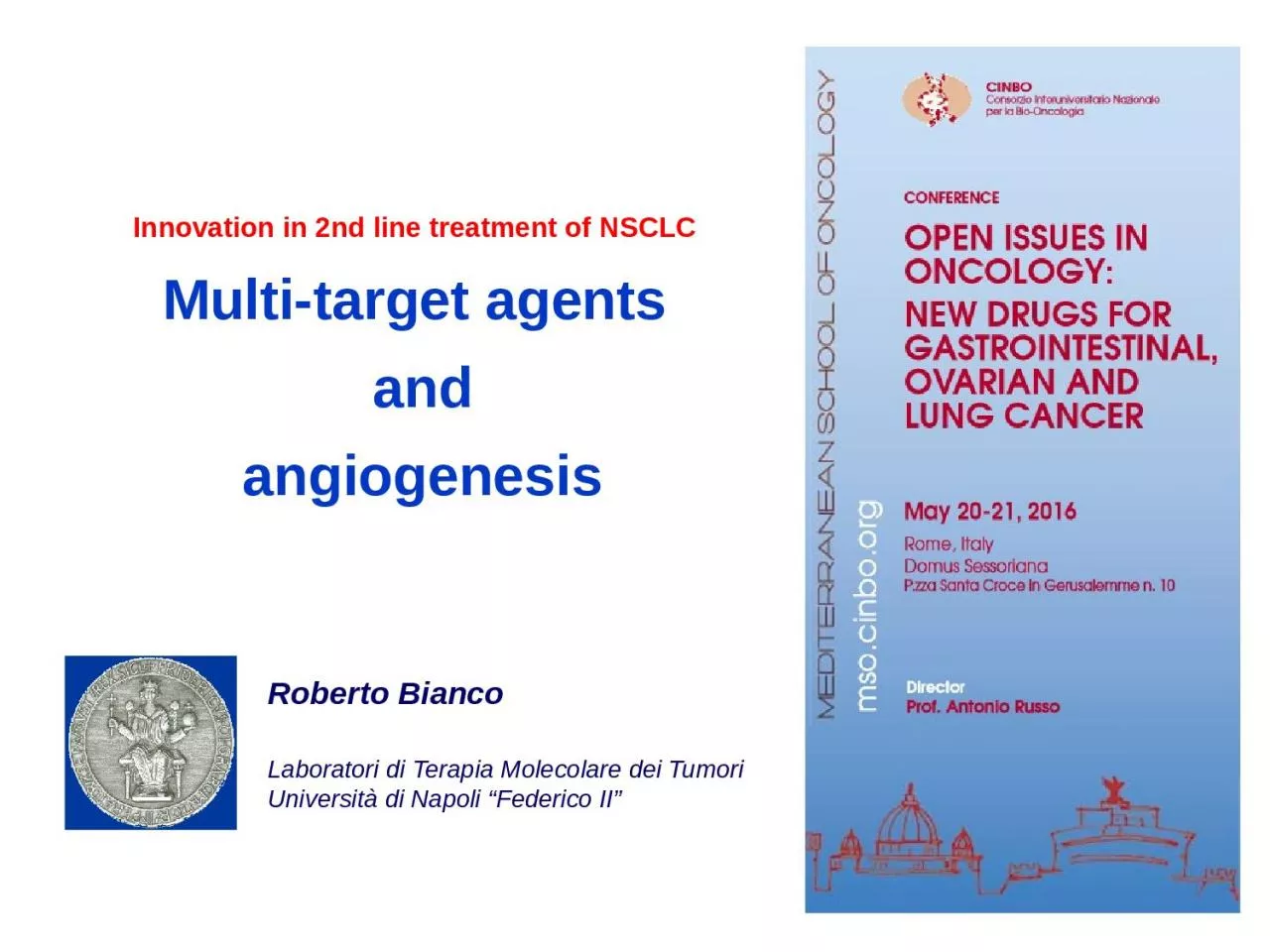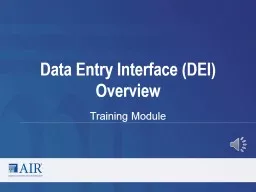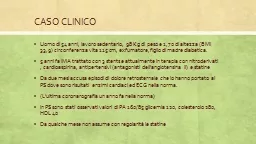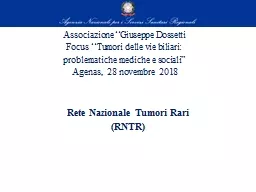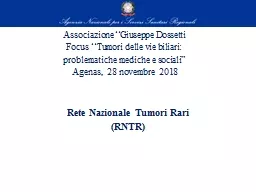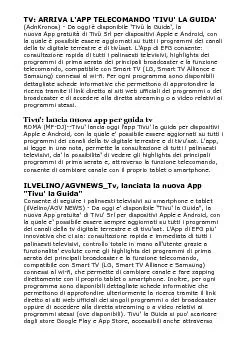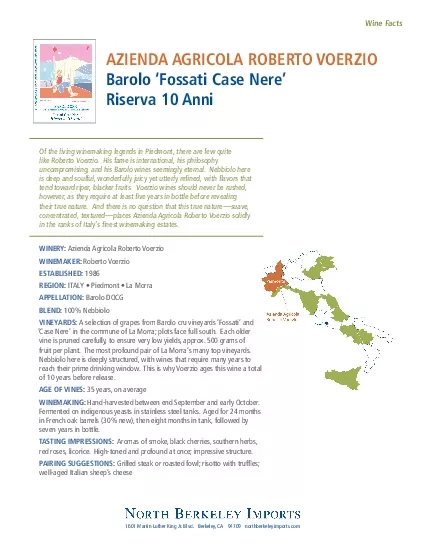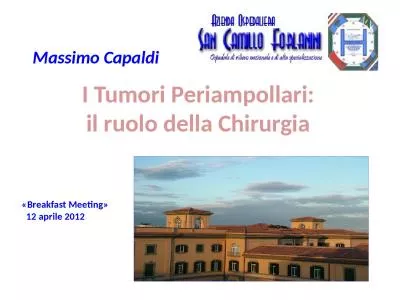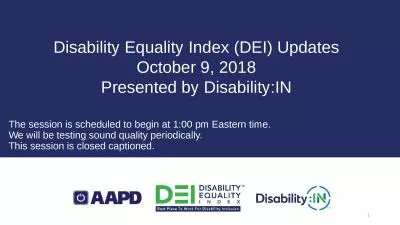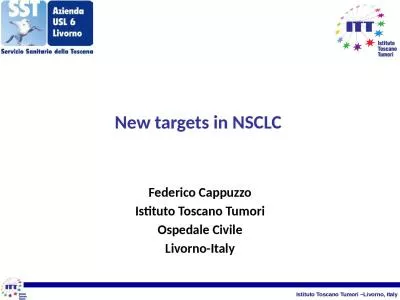PPT-Roberto Bianco Laboratori di Terapia Molecolare dei Tumori
Author : finley | Published Date : 2024-02-09
Università di Napoli Federico II Innovation in 2nd line treatment of NSCLC Multitarget agents and angiogenesis Blocking the RASMEK signaling Antibodies against
Presentation Embed Code
Download Presentation
Download Presentation The PPT/PDF document "Roberto Bianco Laboratori di Terapia Mol..." is the property of its rightful owner. Permission is granted to download and print the materials on this website for personal, non-commercial use only, and to display it on your personal computer provided you do not modify the materials and that you retain all copyright notices contained in the materials. By downloading content from our website, you accept the terms of this agreement.
Roberto Bianco Laboratori di Terapia Molecolare dei Tumori: Transcript
Download Rules Of Document
"Roberto Bianco Laboratori di Terapia Molecolare dei Tumori"The content belongs to its owner. You may download and print it for personal use, without modification, and keep all copyright notices. By downloading, you agree to these terms.
Related Documents

